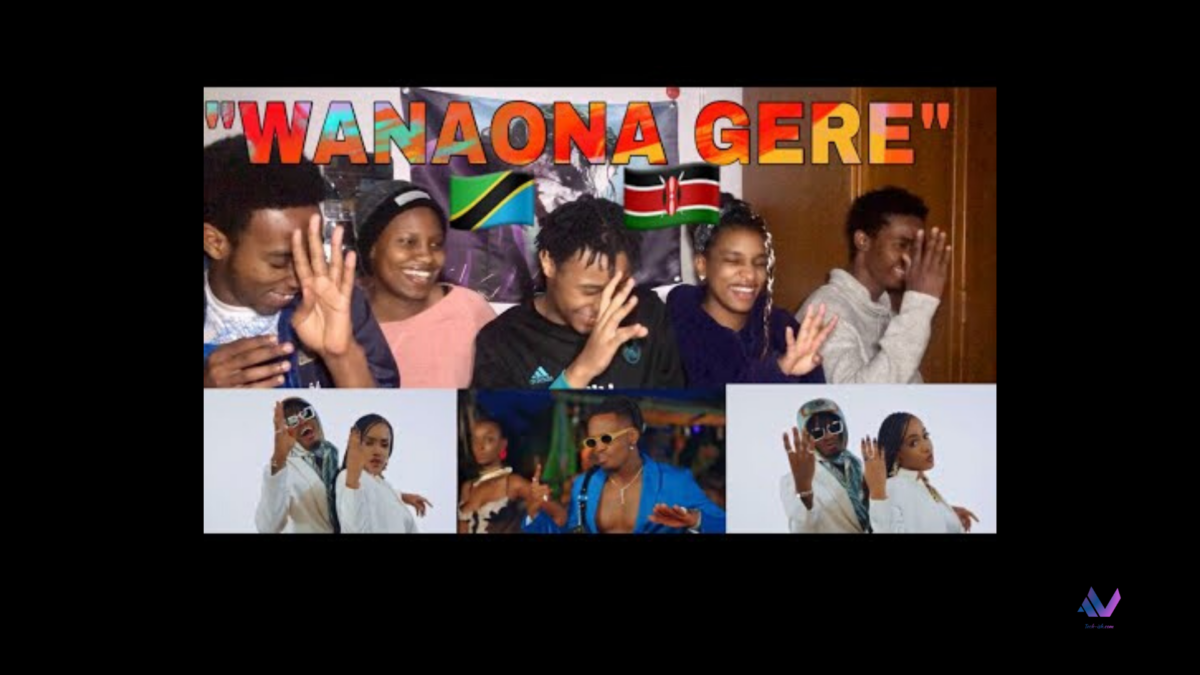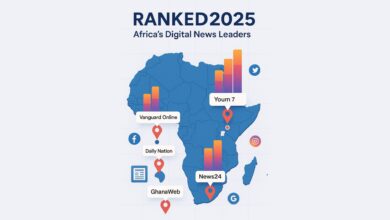
In a conversation recently, a friend was telling me reaction videos are on the rise on YouTube. Particularly, they mentioned that very many people are opening channels on the platform to react to new music from popular artistes. And it’s true! There’s more and more people with channels dedicated to just reacting to music videos. But, it doesn’t mean “reaction videos” are a new or recent phenomenon.
If you’re one of the millions of human beings who are addicted to YouTube, you should know of the REACT videos from the popular FBE Channel. And you should know the rabbit hole that you find yourself in whenever you start watching a video. If you haven’t heard of them, brace yourself. You”ll watch so many of their react videos in one sitting, your YouTube algorithm will be confused.
Reaction videos have been here for a long while. People just love watching others react to stuff. It is human nature. In a 2016 article titled The science behind the insane popularity of “react” videos on YouTube, the writer says:
Most viral things on the Internet are easily digested, either due to subject matter (the sillier the better) or duration (the shorter the better). React videos are neither the shortest videos online nor are their topics always funny. Instead, their digestibility comes from recognizable emotion.
…Clear emotions help us relate to other people, even strangers on a computer screen. “We feel immediately bonded to them because we say, ‘Yep, I would have that reaction, too’,”
Reaction videos are our way of looking for people who relate with us on how different things would make us feel. When you’re watching someone react to a music video, and you see them smile, or want to dance, you relate with that feeling because that’s how you feel too with that particular video. And somehow that realisation makes you happy. Reaction videos show us that we are the same, even though different.
“Mirror neurons are neurons that are active both when someone makes an action (like grasping a cup) as well as when someone sees someone make the same action… Mirror neurons may enable us to automatically simulate other people’s experiences. Thus when we see someone doing an action that is joyful (like rocking out to music), we might share the joy they experience because we know what it feels like to rock out to music ourselves.” – Lisa Aziz-Zadeh, Associate Professor at the Brain and Creativity Institute at USC says in this Complex Article.
…people () want their inner-self’s to be satisfied that others also love the song like they do….
We sat down, with my friend, to try and see new-ish channels on YouTube that are uploading videos reacting to music videos. Particularly we checked out channels reacting to African Music videos. And they are a ton! And they all receive a good number of views, with most of them having overlapping audiences. Meaning, a person will watch the music video, then find a couple of reaction videos to watch.
The mirroring of emotions not only makes us happy, but it helps legitimise how we feel. That’s why reaction channels have overlapping audiences. That’s also why channels reacting to a popular song will all receive relatively high viewership. These people all want their inner-self’s to be satisfied that others also love the song like they do.
Since YouTube doesn’t allow people to monetise videos while using copyrighted content, most of the reaction videos you see online don’t actually make money from you watching them. That’s why some of the popular reaction channels have tried to find different means of making money from selling stuff, or promoting music from less popular or upcoming artistes.
When you’ve already seen someone react in a nice way to something you love, it won’t be difficult to see what other things they have reacted to or posted. It also won’t be hard to be influenced by them on certain products or merchandise.
It explains why other things we don’t always necessarily classify as “Reaction Videos” are also quite popular. Things like product unboxings, things like gaming videos where people just sit and watch others play a game, and things like beauty and make-up videos. It’s because when watching the videos, the emotions, the excitement, and the challenges presented in the video are things we could all relate with even if we never buy the products being unboxed, if we never play the games, or if we never apply the make-up. Think about this next time you’re watching a video on YouTube.







